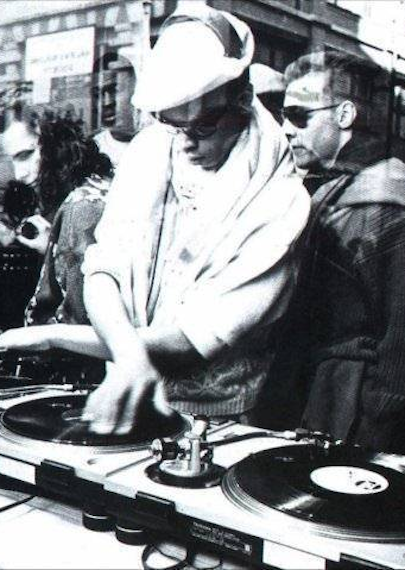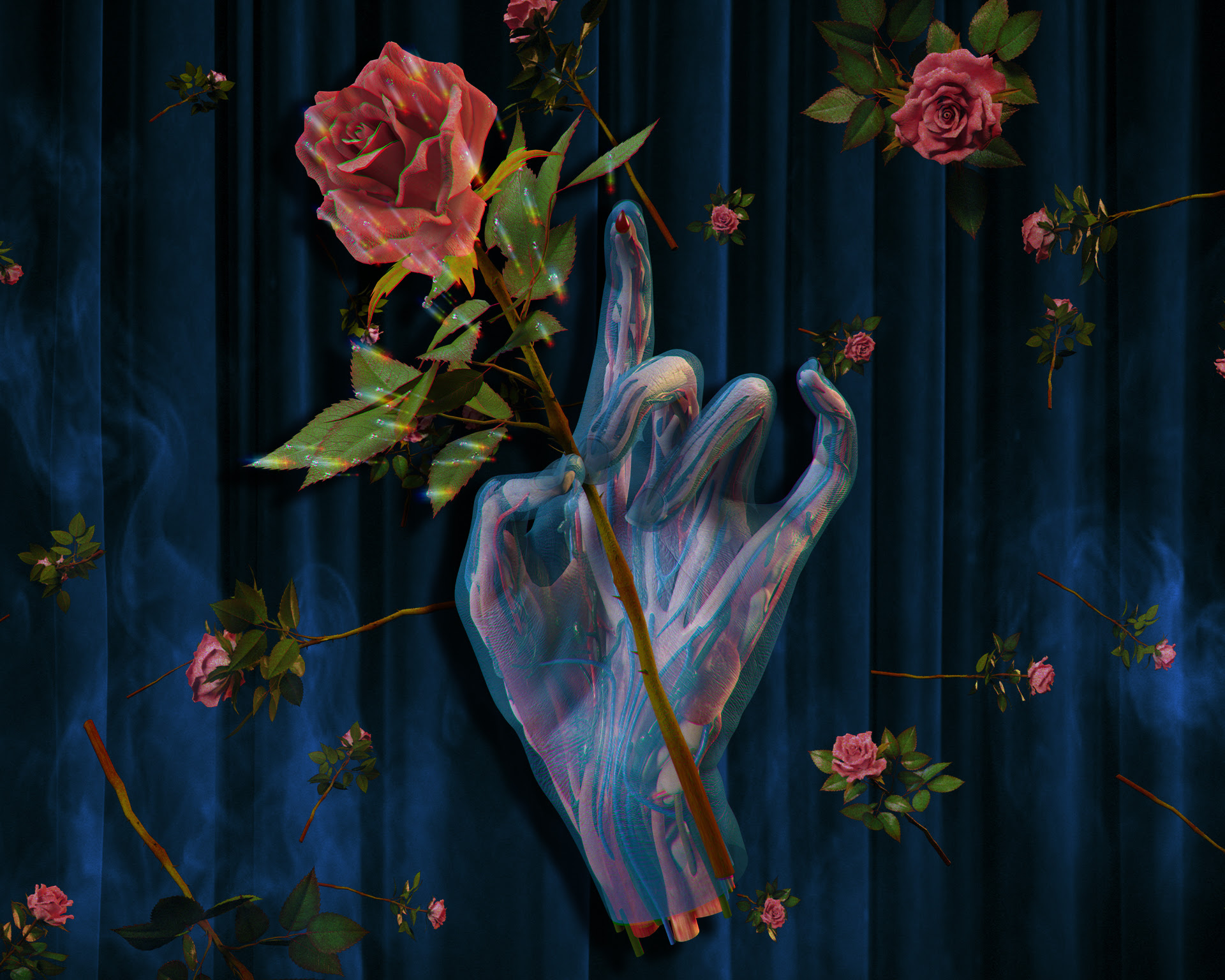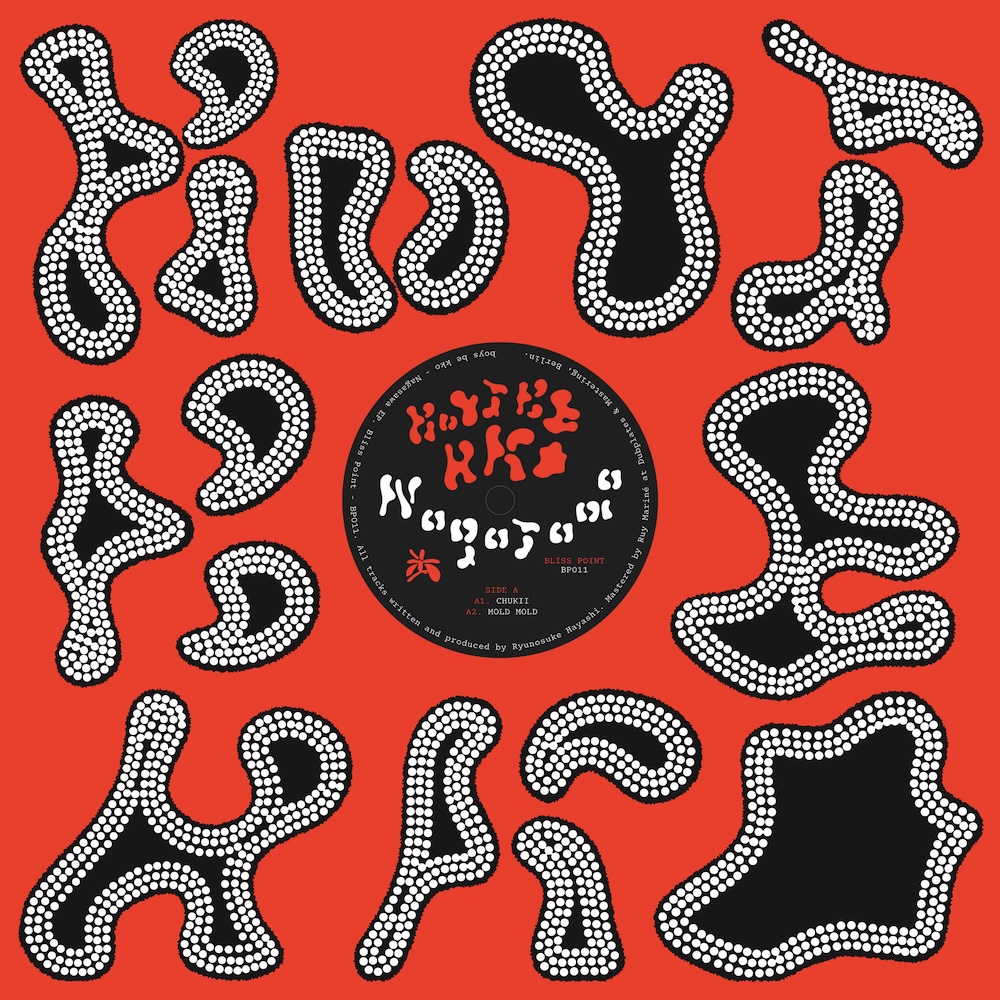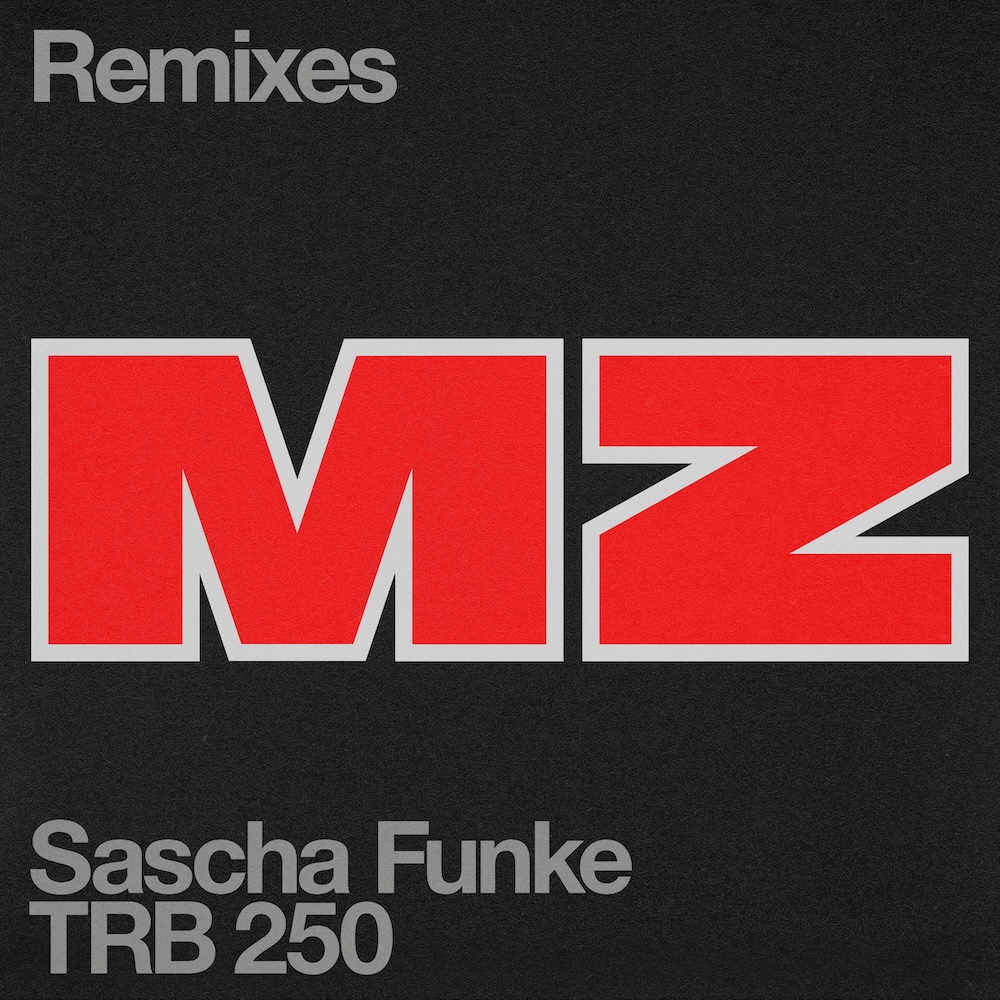Psychogeography #3:Bristol

Bristol stands alone. It continues regardless of capital fashion. Its got its own tunes, scenes, gangs and parties, and it doesnt care whether you come or not. Folk have been living in the area for 60,000 years but the city really came alive with the wealth of the Empire – the modern city was born from the slaves and sailors that passed through her port. From the dawn of the 18th Century the wonders, horrors and riches of the world came to the West of England. The large black population has been with the city for 300 years now, way longer than the Windrush Generation of more willing migrants that came to change the face of English culture in 1948. As a result, developments in dance music that most clearly came from West Indians – specifically the DJ culture, and a taste for heavy bass – grew organically in Bristol as much as they did in London.
In this article were gonna detail the history of Bristols underground sound, the heads that have made it and the current names pushing it all onwards…
_________________________________
SOUNDS
Its pretty hard to force the lolloping flow of history into a cohesive timeline. In fact its impossible, but weve tried dammit. Take this whistle stop through Bristols music scene as a highly subjective and ultimately doomed, attempt to make sense of the ways music and subcultures evolve. Right, with that out the way—
When punk exploded through Britain in the late 70s the Bristolian reaction was typically unique.
Local punk Tim Williams got inspired by copies of Sniffin Glue hed picked up on trips to London and produced his own hacked out punkzine Loaded. Hes archived all issues online here – along with a load of other rare zines all bursting with vitriol and enthusiasm. As bands in the capital largely staggered into a 3 chord thrash-out dead end, down in the West country something more funky was forming. Groups like The Pop Group and Glaxo Babies were welding the ragged aesthetic of punk to disco bass, african poly-rhythms and dub percussion. From the Pop Group check out Shes Beyond Good and Evil
and the frankly terrifying We Are All Prostitutes (recently covered and remixed by Adam Sky and Crookers)
http://www.bristolarchiverecords.com/people/fanzine_loaded.html
Glaxo Babies are best heard on everyones favourite party starter This Is Your Life (sample lyric – to be delivered in a misery monotone – This is your life// This is your life// Crying in the subway// Lying to your wife)
This fusion of funk and dis-chord pretty much characterises everything that follows. While the punks mutated into new forms, the soundsystems pumped out deep bass, as seen on seminal reggae outfit Black Roots 81 jam Bristol Rock
The scene was set for the emergence of the crew that brought the disparate elements together – The Wild Bunch. From 83 – 86 the three core members Robert Del Naja, Daddy G and Mushroom began throwing parties where theyd cut and blend the hip hop, sweet lovers rock, booming dub bass-lines and quirky indie pop they’d all grown up with into a new, distinctively British sound. Alongside the main trio, the Wild Bunch was pretty much a trip hop finishing school with Tricky, Shara Nelson and Nelle Hooper all passing through the ranks. They only released one single, The Friends & Countrymen EP, from which this scratchy piece of Brit Hop is taken–
A whole lot more on Wild Bunch can be found at red-lines.co.uk/thewildbunch… and their super-fly promo video can be seen here
When the Wild Bunch folded in 86 the members went on to form the all conquering Massive Attack. At the same time Rob Smith, Ray Mighty and Peter D. Rose were putting together the production crew Smith & Mighty. Between these two highly influential collectives the sound that became known, for better or worse, as Trip-Hop was born.
A mix of slo-mo hip hop beats, skunk fuelled paranoid melodies and smoked out soul, trip hop started life as an edgy polymorphous creature with room enough to encompass Shara Nelsons wide screen vocals and the sinister, psycho-sexual Tricky. As a sound it may have bloated into coffee table cack, but at one point it felt like a genuine authentically British response to hip hop.
The biggest tracks from a stoners scene that went global were remarkable in that they almost exclusively came from Bristol. From the early foundation tunes Wishing On A Star (in part produced by DJ Krust, more on whom later…)
to huge melody sharing hits from Portishead-
and Tricky-
commmercial radio favourites from Massive Attack
and underground gems from Earthling
a vast amount of music was slinking out of a relatively small city in a relatively small island and going on to be played in cafes, bars, beaches and bedrooms the world around.
Then things sped up.
Jungle was perfect for Bristol; a sound that was a fusion of ragga bass and punk attitude was always going to work in such a racially diverse city. The cloying, raging pessimism of urban dystopia ever present in the fractured beats struck a chord with kids across shitty recession hit England, but in Bristol they had the musical DNA to respond. London may have led the way, but Bristol was right there alongside, helped and hindered by a pre-internet isolation. As the pioneering DJ Krust puts it–
We were pretty cut off in Bristol which was a good thing and a bad thing. It meant that we could make music without getting distracted by what everyone else was doing, but it also meant that we were out of the loop. So we had to go to London a lot to touch base with the rest of the scene.
Of course not everyone stayed in Bristol. Goldie, the medias favourite face of jungle, went to the smoke and put together Metalheadz, releasing the scene defining Inner City Life along the way-
Unfortunately from these heights Goldies sophomore LP was a stinking faux classical concept album followed by a decision to star as a crap hoodlum in Eastenders. Hey ho.
But those who stayed in Bristol concocted a distinct form of drum n bass known prosaically enough as The Bristol Sound. The big players from this– Krust, Die, Suv and Mercury Prize winning Roni Size formed a series of labels to release their breakbeat science, namely Dope Dragon, Full Cycle and (with London based Bryan Gee and Jumping Jack Frost) the mighty V Recordings.
Theres so many hits from these labels its hard to narrow it down to a small selection, so these next few tracks are very much a personal chronology of tunes heard tearing out rave after rave through the 90s—
From Krust, first up the moody 94 Jazz Note, a combination of intelligence, skittering snares and globs of bass
This was followed by the Carlitos Way sampling Angles (which I cant embed, youll just have to follow the link… )
and easily the biggest drum n bass track of the late 90s, on dubplate for what seemed like forever, the all conquering Warhead
from Roni Size, under his Mask moniker, with Krust, the jump up roller Oh My Gosh!
The bass growler Its Jazzy
and, from the Mercury Award winning New Forms, the vocal work out Brown Paper Bag
DJ Die pushed a throbbing LFO mutating bass sound, best heard on tracks Clear Skyz
and his remix of Sizes Watching Windows
As the millenium came to a close the city, like most of the country, lost its musical way somewhat. Drum N Bass got harder and darker, with a few producers like Clipz breaking through to keep things fresh. Squat techno was around, similarly fast and largely Ketamine led. Basically things fell into a bit of a stasis until the mutation of 2-step into dubstep put fire into the belly of the Bristolians.
As Drowned in Sound has it – When Pinch began to bring dubstep to Bristol, through his Context nights, and later Subloaded and Dubloaded, it immediately began to attract a following.
a core of new producers came through in the mid 00s, centred around Pinch, Appleblim and Peverlist. They created an experimental wing of dubstep with yawning caverns, echo chamber dancehall samples and scatter shot drum beats. Less the brutal jump up wub wub of Rusko and co, this was again part of the West country head music soundscape.
Pinchs Qawwali on Planet Mu has the sinister spliff haze that characterised the first wave of producers
as does Appleblims Mystikal Warrior
These early producers set the stage for Bristols second wave, and the new breed has diversified. Joker disavowed dubstep in early interviews and productions, which in general are a lot more influenced by deep southern crunk and click clack grime. Dubstep uberlord Kode9 spoke about Joker’s use of woozy fullsome synths, remarking that they make his tracks sound like “Wiley stuck in an elevator with…Cameo. You hear his whiney pitch-bent synths on a dance floor, it’s like some kind of group electrocution taking place. This sound was lumped in with the tracks coming from fellow locals Guido and Gemmy as purple, a tag which none of them seemed comfortable with, even if they have used it in their own productions–
Joker – Purple City
Gemmy – Purple Moon
Running alongside these producers was Baobinga – whose tracks combined rowdy ragga and hip hop elements with near breaks style drum patterns. Ragga-techno if you like, straying back into the more break-led bass heavy culture of yesteryear.
Al Tourettes pushed a darker brooding underground techno influenced sound and then, at the end of the noughties, the likes of Julio Bashmore came onto the scene and house music re-exploded into Bristol
with labels such as Futureboogie pushing all things deep house and the likes of Punch Drunk, Idle Hands, Happy Skull & BRSTL catering to a more underground house and techno crowd.
Then of course, there are the likes of Livity Sound and Young Echo collective – the likes of Kowton, Kahn & Neek – pushing mutations of grime and techno ever further into the cosmos and a whole host of young producers soaking things up and ready to bring the next variation of the ‘Bristol Sound’ into existence.
In 2014, Bristol’s musical scene is, as ever, in rude health.
Ian Mcquaid & Wil Troup
Originally published on R$N back in 2011. Updated and revised by Joe Evans.


















Must Reads
David Holmes – Humanity As An Act Of Resistance in three chapters
As a nation, the Irish have always had a profound relationship with the people of Palestine
Rotterdam – A City which Bounces Back
The Dutch city is in a state of constant revival
Going Remote.
Home swapping as a lifestyle choice
Trending track
Vels d’Èter
Glass Isle
Shop NowDreaming
Timothy Clerkin
Shop Now